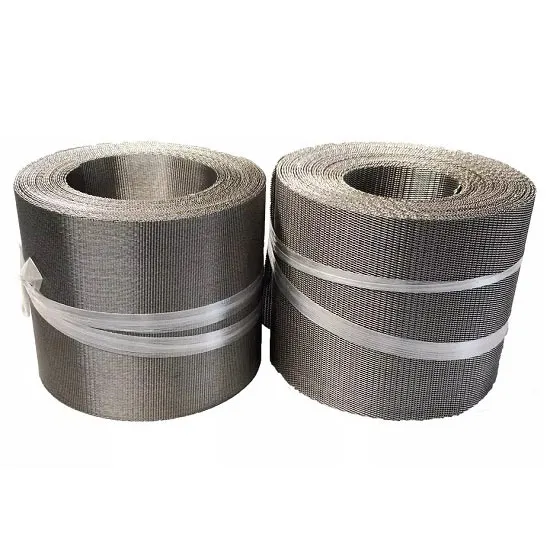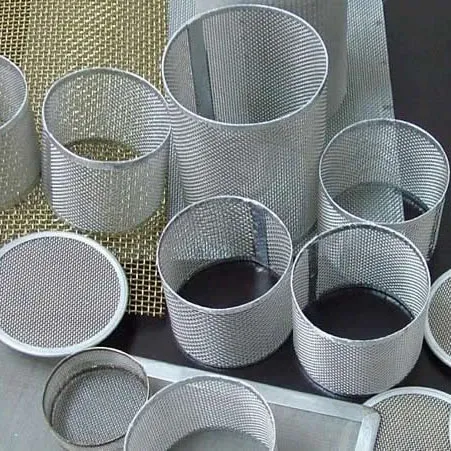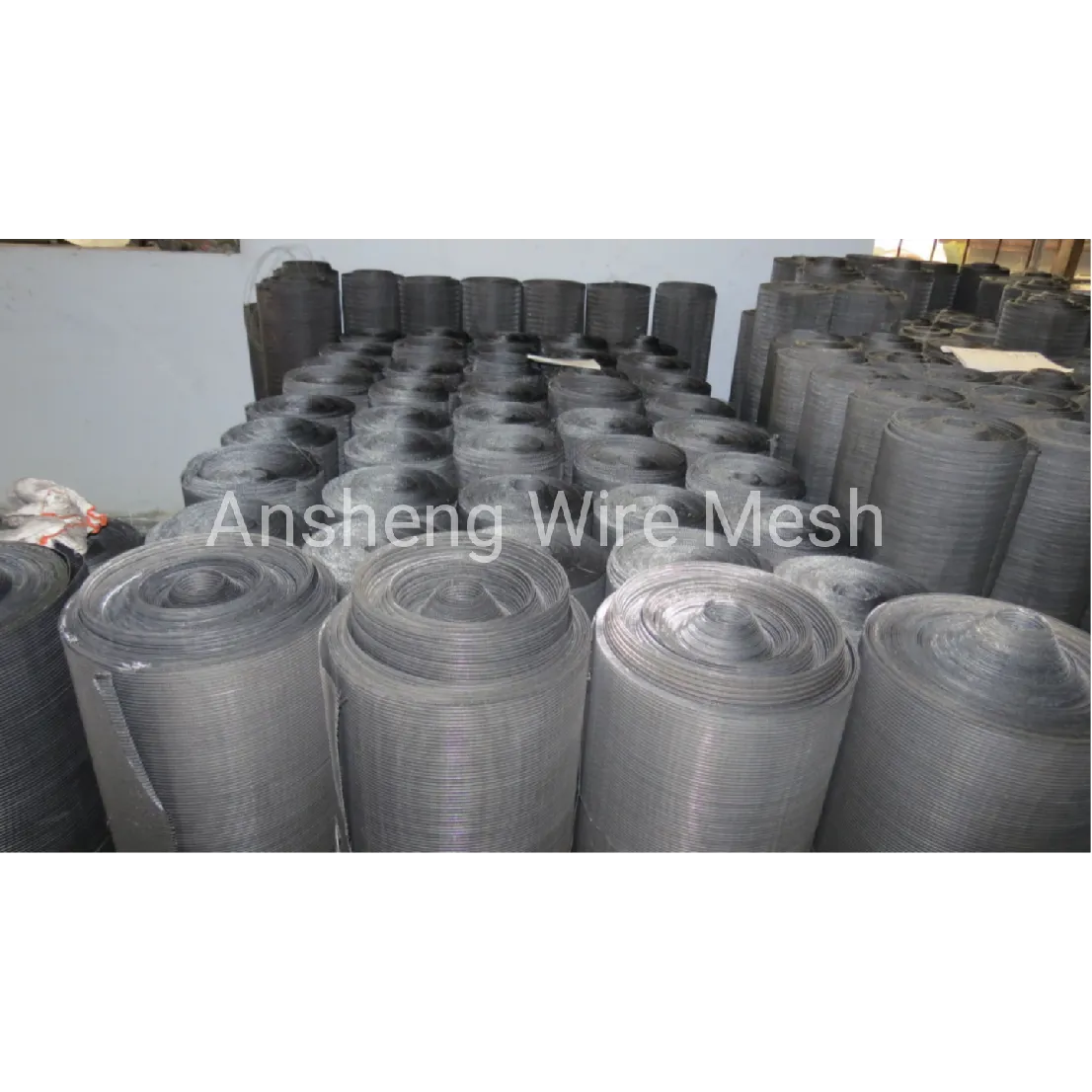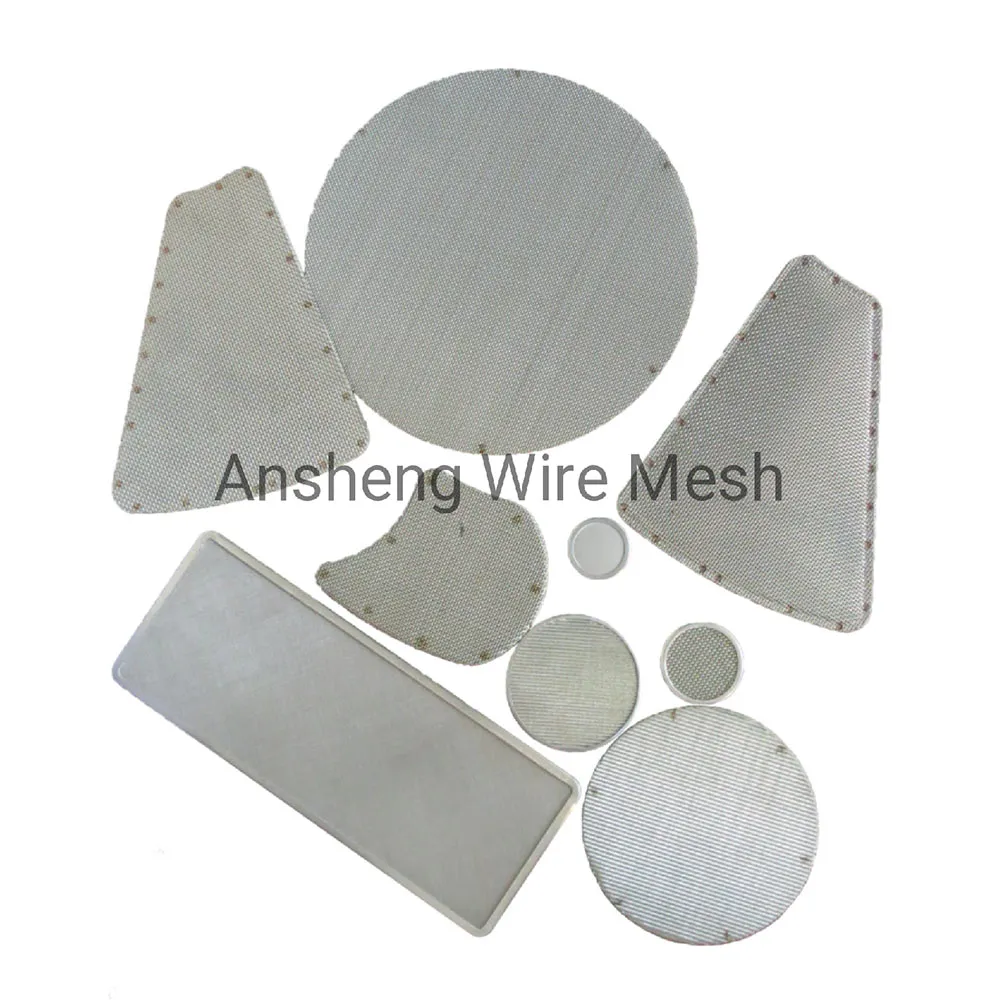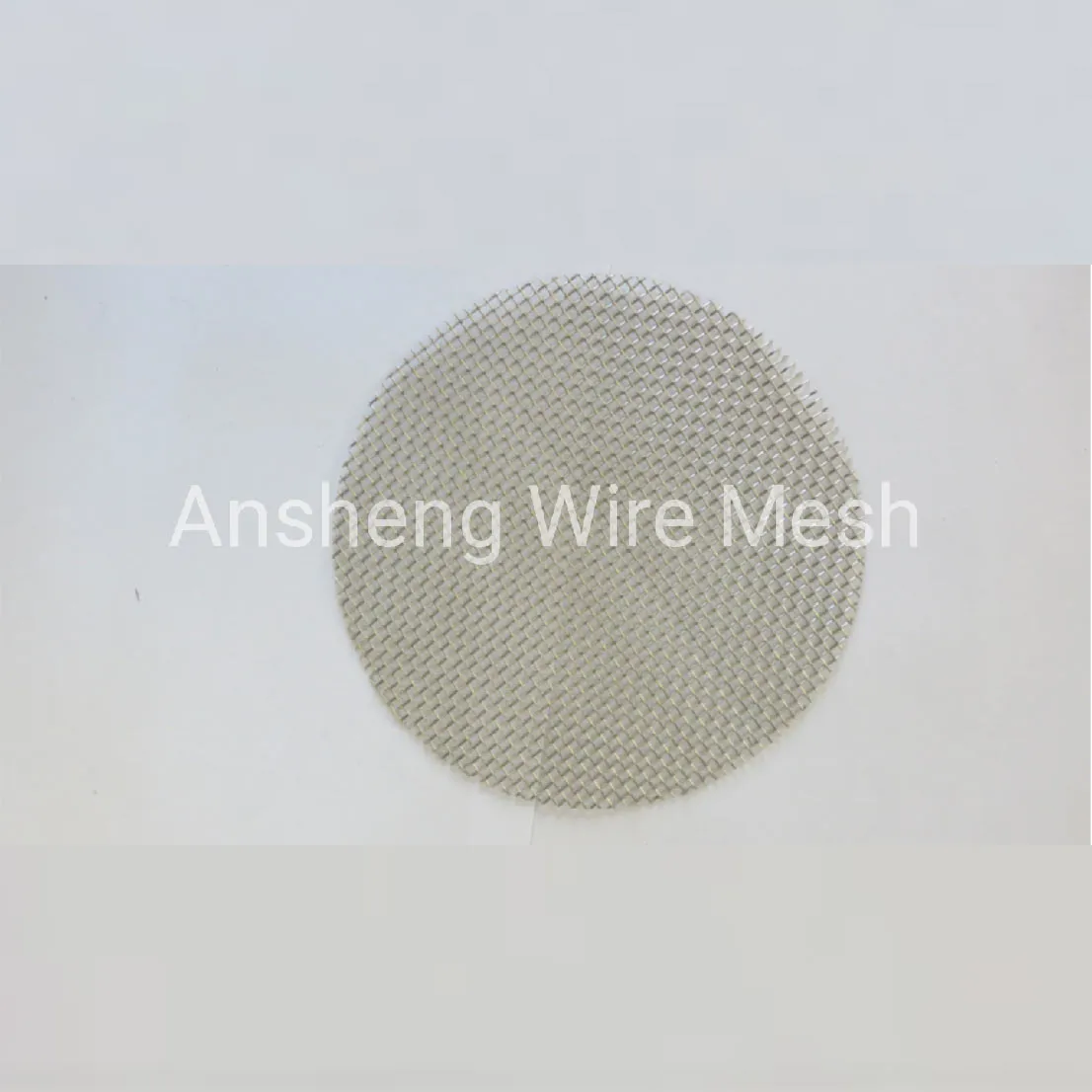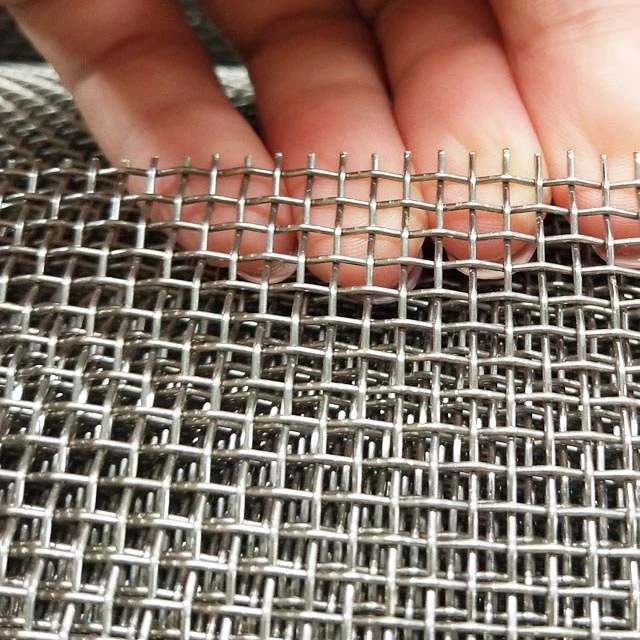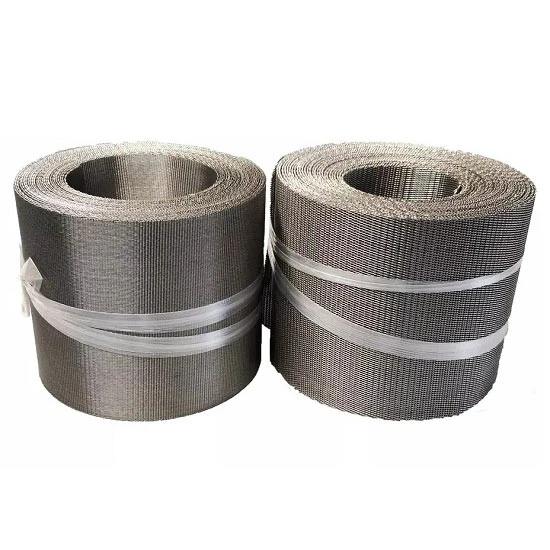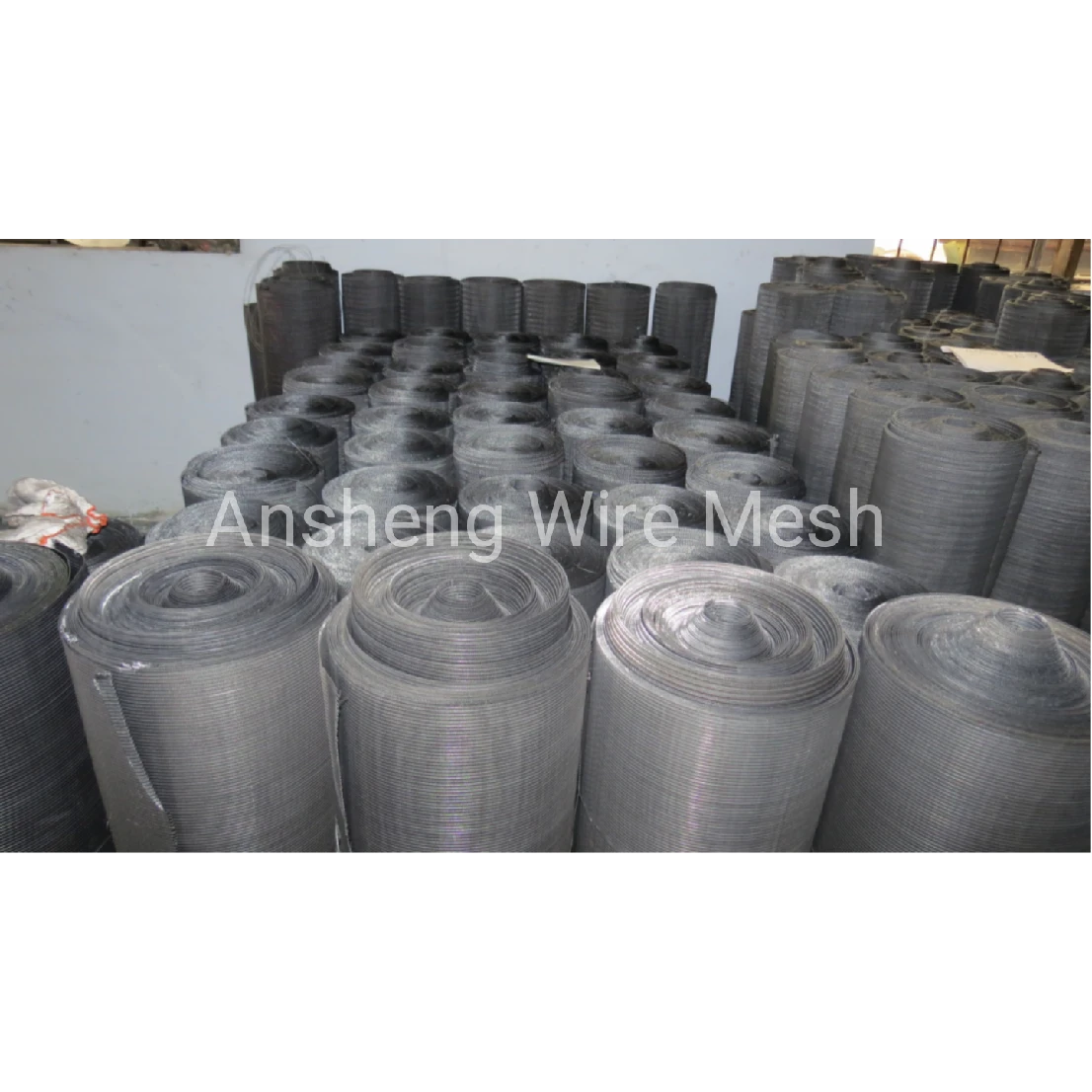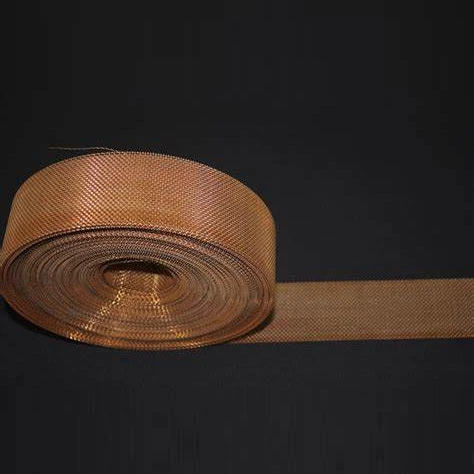A Quick Dive into Stainless Steel Welded Wire Mesh Panels: What and Why
If you’ve ever wandered around infrastructure projects or industrial zones, those metal grids — stainless steel welded wire mesh panels — probably caught your eye, even if you didn’t realize it. They’re not just some decorative fencing or random cladding; they solve big global problems related to safety, durability, and sustainability across multiple industries. Globally, these panels are much more than simple grids. They offer a resilient solution for everything from reinforcing concrete in skyscrapers to secure enclosures in humanitarian relief camps. In fact, market reports from the World Bank show infrastructure and urbanization projects have escalated demand leaps and bounds, especially in Asia and Europe. Understanding these panels means grasping a silent but essential backbone of modern construction and environmental control — and why they matter globally isn’t just about metal on metal; it's about trust, longevity, and smart engineering. ---Global Context: Why These Panels Have Become World-Class Essentials
Think about the rapid urbanization across emerging economies. UN Habitat estimates that by 2050, 68% of the world population will live in cities, and infrastructures must rise accordingly — fast and strong. Enter stainless steel welded wire mesh panels. Stainless steel’s corrosion resistance and strength make the mesh ideal for reinforcing buildings, industrial fencing, or even holding back landslide-prone hillsides. Framing things a bit statistically: the stainless steel industry, according to ISO data, has grown roughly 4% annually over the past 5 years—with welded mesh accounting for a key segment. But here’s the rub — the challenge is balancing strength, cost, and eco-friendliness, especially in disaster-prone zones or harsh climates where quick yet durable structures are crucial. These panels address that challenge by offering modular solutions that are simultaneously tough and adaptable. Mini takeaway: These panels are a quiet star in global infrastructure, tuning together safety, durability, and growth needs. ---What Are Stainless Steel Welded Wire Mesh Panels Exactly?
Simply put, a stainless steel welded wire mesh panel is a grid made by welding intersecting stainless steel wires at consistent intervals. Unlike woven wire mesh where the wires bend and twist, here the wires are welded firmly where they cross — making a rigid, durable panel. They come in sheets or pre-fabricated modular sizes used extensively across construction, security fencing, filtration, and architectural facades. The stainless steel gives them an edge against rust and wear, especially outdoors. Plus, they can be tailored in mesh size, wire thickness, and panel dimensions according to industry needs. In humanitarian setups, these panels form quick, robust barriers or structural reinforcements—far better than temporary wooden or fabric solutions. It’s this adaptability and strength that connect industrial use with humanitarian necessity: reliable, reusable, and resilient. ---Key Features That Define Their Usefulness
Durability and Corrosion Resistance
High chromium content in stainless steel wards off rust and harsh weathering. Unlike galvanized steel, these panels won’t peel or degrade with time — roughly lasting 20+ years outdoors. Many engineers swear by this trait for coastal or industrial areas.Strength & Load Distribution
Thanks to welding, the mesh distributes mechanical loads evenly. This is crucial in concrete reinforcement, where crack control matters. The rigid structure means less deformation under stress — enhancing structural safety.Customization Options
You can get mesh apertures from several millimeters up to several centimeters, with wire thickness ranging anywhere from 0.8mm to 6mm or more. This scalability makes them suitable for everything, from delicate filtration screens to heavy-duty fencing.Cost Efficiency Over Lifecycle
Initially pricier than some metals, stainless steel panels save money in the long run due to minimal maintenance, lower replacement costs, and better recyclability. Eco-conscious projects often pick them for this long-term advantage.Installation & Modular Design
Panels can be pre-cut, bent, or even powder-coated. This speeds up installation on-site, reducing labor and downtime — valuable in time-sensitive projects like disaster relief housing or rapid industrial expansions. Mini takeaway: Stainless steel welded wire mesh panels hit a sweet spot of toughness, flexibility, and maintenance ease — the trifecta for many industries. ---Worldwide Applications: More Than Just Wire Fences
It’s fascinating how far-reaching their use is. Look around, and you’ll find: - Construction & Civil Engineering: Used as rebar substitutes or concrete reinforcement in bridges, tunnels, and residential buildings worldwide. - Agricultural Facilities: Enclosures for livestock, fencing for orchards and vineyards, especially in drought-prone zones like parts of Australia or California. - Disaster Relief / Emergency Housing: NGOs employ these panels to build quick, modular shelters after earthquakes or floods, like what was seen post the 2015 Nepal quake. - Industrial and Security Fencing: Around factories or sensitive zones in Europe and the Middle East, guarding against unauthorized access. - Environmental Engineering: Slope stabilization and erosion control projects, particularly in mountainous or coastal regions vulnerable to landslides. An interesting practical insight: in remote industrial sites — say a mining operation in Chile — these panels allow for speedy assembly of safe, ventilated enclosures resistant to weather, dirt, and corrosive chemicals. stainless steel welded wire mesh panels are layered into countless applications that merge strength with subtlety. ---Advantages: Why Industry and Society Both Benefit
Put simply, these panels are a legacy investment. Their long lifespan reduces raw material consumption and waste; that’s sustainability in motion. Cost-wise, while initially more expensive than regular steel, they reduce total life-cycle costs by cutting maintenance and replacements. Beyond dollars, the panels protect lives — reinforcing disaster shelter structures or securing hazardous areas. They build trust, supporting a sense of dignity in vulnerable communities with reliable, decent infrastructure. For architects and designers, they’re an intuitive choice; the panels offer aesthetic versatility. You don’t have to sacrifice looks for function — something not all materials can boast. Mini takeaway: Stainless steel welded wire mesh panels serve the triple bottom line — financial, environmental, and social — in a marketplace where all three increasingly matter. ---Future Trends Shaping the Stainless Steel Welded Wire Mesh Market
The future looks promising, with several innovations to watch: - Green Stainless Steel: Companies are adopting low-carbon production and recycling stainless scrap, aligning with global sustainability goals. - Advanced Coatings: Nano-coatings and self-cleaning surfaces are being developed to further extend performance in harsh environments. - Automation & Digital Manufacturing: Robotics welding allows for ultra-precise mesh panels tailored to exact specs, cutting waste. - Integration with Smart Tech: Embedding sensors into panels for structural health monitoring, especially in bridges or high-risk locations. The intersection with Industry 4.0 means these panels won’t just be passive materials but integral parts of smart infrastructure. ---Challenges and Solutions
No product is perfect. The price point can deter smaller projects; installation sometimes requires skilled labor due to stiffness. Also, heavier panels mean higher transportation costs. To tackle this, vendors offer lightweight steel alloys or modular clip systems for easier handling. Training programs and digital manuals improve installation quality globally. Additionally, sourcing locally produced stainless steel and mesh can mitigate costs and supply chains, especially in emerging markets. I’ve noticed many clients greatly value vendor consultation when custom solutions are needed — expertise can fill practical gaps well. ---Technical Specifications Table
| Specification | Typical Range | Notes |
|---|---|---|
| Material Composition | 304, 316, 316L Stainless Steel | 316/316L preferred for marine or corrosive environments |
| Wire Diameter | 0.8 mm to 6 mm | Heavier gauges for structural use |
| Mesh Opening | 5 mm to 100 mm | Standard sizing varies by application |
| Panel Size | 1m x 2m up to 2m x 4m | Custom sizes possible |
| Surface Treatment | Polished, Matte, Powder Coated | Coatings for aesthetics and extra protection |
Vendor Comparison Table
| Feature | Vendor A | Vendor B | Vendor C |
|---|---|---|---|
| Material Grades Offered | 304, 316 | 304, 316L | 316, 316L, Duplex |
| Custom Sizes | Yes | Limited | Yes |
| Lead Time | 2-3 weeks | 3-4 weeks | 1-2 weeks |
| Price Level (per sqm) | $$ | $ | $$$ |
| Additional Services | Design consultation, on-site support | Standard packaging only | R&D collaboration, tech upgrades |
Frequently Asked Questions About Stainless Steel Welded Wire Mesh Panels
Q1: How resistant are these panels to harsh environments like saltwater or industrial pollution?
These panels are typically made from grades 304 or 316 stainless steel. Grade 316 and its low-carbon variant 316L have excellent resistance to saltwater and chemical exposure, making them ideal for coastal or industrial applications. However, regular cleaning can extend their lifespan further, especially in highly polluted areas.
Q2: Can I get custom sizes or mesh configurations for specialized projects?
Absolutely. Most manufacturers offer customizable mesh openings, wire diameters, and panel dimensions tailored to your project's specific needs. This flexibility allows the panels to be used in filtration, fencing, or construction reinforcement with unique requirements.
Q3: What is the expected lifespan of these panels outdoors?
On average, stainless steel welded wire mesh panels last 20-30 years outdoors, depending on the environment and maintenance. In extreme conditions, higher-grade materials or protective coatings may further extend this lifespan.
Q4: How do stainless steel welded wire mesh panels compare cost-wise to traditional materials?
Though more expensive upfront than plain steel or other metals, these panels reduce long-term costs by minimizing maintenance and replacements. Their recyclability also adds environmental value, which many projects now weigh heavily.
Q5: Are these panels suitable for quick deployment in disaster relief contexts?
Yes, their modular nature and ease of installation make them a favored choice for temporary shelters and security fences in disaster-stricken zones. NGOs often stockpile these panels for rapid deployment worldwide.
---In Conclusion: Why Stainless Steel Welded Wire Mesh Panels Are Here to Stay
At the crossroads of durability, safety, and flexibility, stainless steel welded wire mesh panels quietly support critical infrastructure and humanitarian efforts worldwide. They withstand the elements, reduce long-term expenses, and adapt to diverse applications. Honestly, it feels like the industry’s “unsung hero”—always present, rarely flashy, but absolutely vital. If you want to explore options or source reliable stainless steel welded wire mesh panels for your next project, heading over to specialized suppliers is a smart first step. --- ### ReferencesPost time: Nov . 18, 2025 15:30


